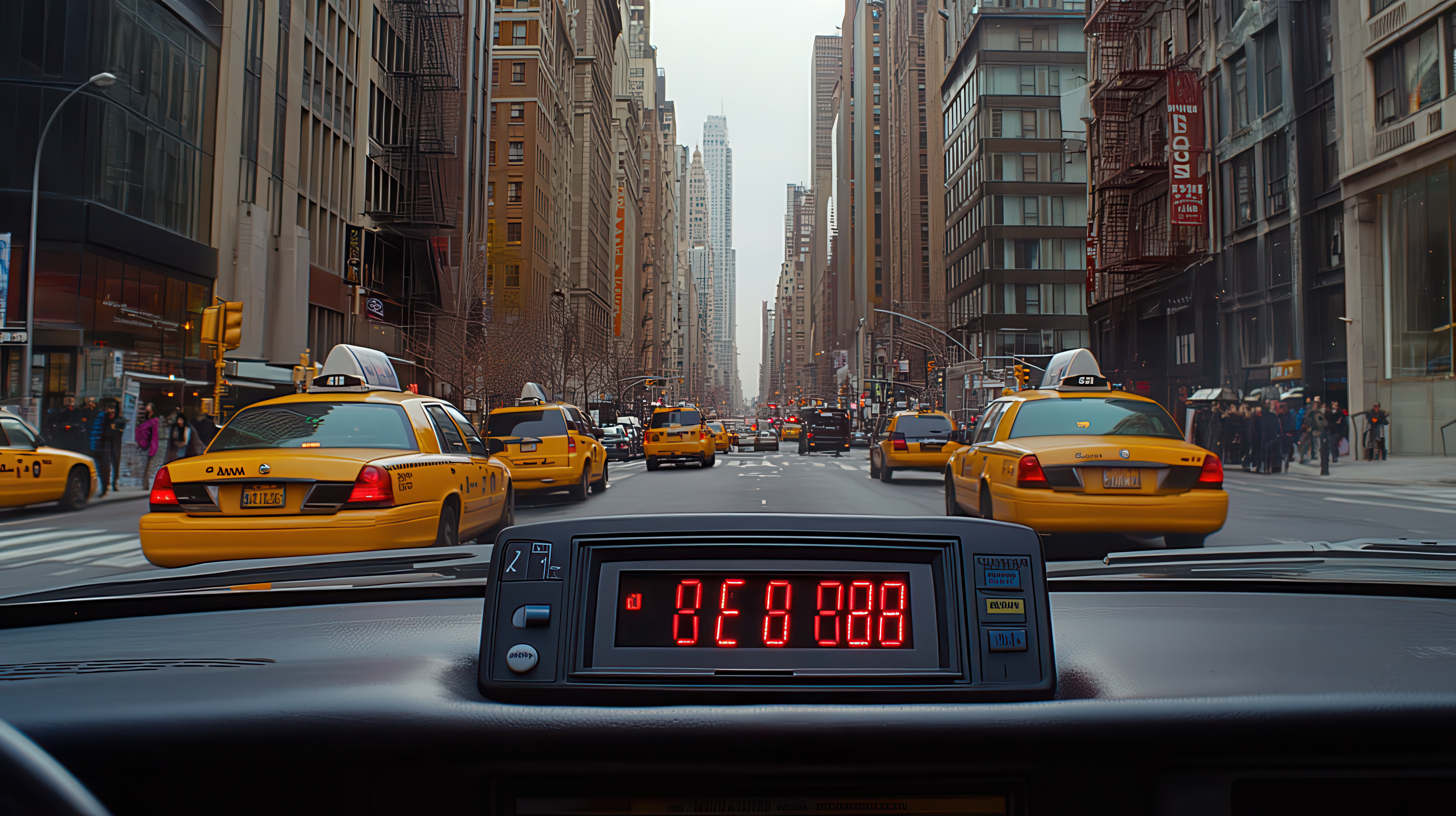
2024 Week 52
Both Apple and Google have recently succeeded in persuading the UPC Local Division Düsseldorf to order Ona Patents SL (which describes itself as a “patent monetization partner”) to provide security for costs in its patent infringement claim against the tech giants. So, it seems like a good moment to consider again: if one side looks like they can’t really afford to lose, what will the UPC do about that?
When we last considered this question (here, at the end of May 2024), the headlines were:
- The main issue when considering security for costs is the financial position of the parties. To succeed in forcing security for costs, it is necessary to show evidence of a likely inability to pay.
- The domicile of the parties is less important, but may be a factor in some cases. Parties domiciled in the EU seem slightly less likely to be required to give security for costs.
- Either side can request security for costs in main UPC proceedings.
- Possibly only the defendant can seek security for costs from the claimant in preliminary injunction applications.
What is the costs exposure?
In UPC litigation, the general rule is that the loser pays the reasonable costs of the winner. There is a ceiling on the costs recoverable by the winning side in UPC litigation, the ceiling depending on the value of the case. The ceiling is also variable – it can be increased for complexity, or even reduced if the level of costs would threaten the economic existence of a party.
This handy table shows the normal ceiling for recoverable costs, varying from € 38,000 up to € 2m, with the maximum possible ceiling for the most complex case being € 7m.
How?
If the court decides that a party must provide security for costs, then the party can choose whether this is done by paying a deposit to the court, or by providing a bank guarantee (Ortovox v Mammut). A bank guarantee must come from a bank regulated in the EU, according to the UPC Court of Appeal (ICPillar v Arm), and an insurance policy will not suffice. There are obvious disadvantages to paying a deposit to the UPC rather than using a bank guarantee, such as the need to ask the UPC for the money back at the end of proceedings (see below).
How much?
The court is usually asked to make a decision on this issue even before it has decided on the value of the case. This puts the court in a tricky spot, because the ceiling on costs depends on the value of the case. What we are seeing (e.g. as in 10x v Curio) is that the court listens to each side’s view on the value of the case and ends up picking a level of costs that is somewhere between the two, just for safety and expediency.
Security for costs in an appeal?
It is also possible to get security for the costs of an appeal. These costs are expected to be lower than the costs at first instance (Ballinno v UEFA). However, merely filing an appeal does not delay the requirement to provide security for costs, unless the Court of Appeal exceptionally agrees that the appeal has suspensive effect (ICPillar v Arm).
What if there is a change of circumstances?
In ICPillar v Arm, the parties settled and the court confirmed that it would refund 100% of the deposit for security for costs.
In NanoString v Harvard / 10x, the CoA had revoked a preliminary injunction (PI). NanoString, as defendant, had been forced to provide security for costs in the main infringement and revocation action, partly on the basis that the PI would cause them financial difficulty. With the PI revoked, they sought to get their € 300k security deposit back. The court refused – it was not clear that the insolvency risk had gone, even though NanoString had been taken into a larger group of companies.
Who can be forced to give security for costs?
In addition to the obvious situation in which the claimant is put on the hook, it was confirmed in 10x v Curio that the defendant can also be required to provide security for costs, here for € 200,000.
In Swarco v Strabag, the court decided that an intervener may need to provide security for costs. Even further, based on Insulet v Menarini, it seems possible that a potential intervener could provide security for costs, even if their attempt to intervene does not succeed.
What does the requester need to show?
It can be difficult to investigate the financial positions of non-public companies. In Ona Patents v Google and Ona Patents v Apple, the UPC LD Düsseldorf explained that the initial burden of proof is on the party requesting security for costs. The court needs to be persuaded that the financial position of the other party gives rise to a legitimate and real concern that a possible order for costs may not be recoverable and/or the likelihood that a possible order for costs by the UPC may not be practically enforceable.
Once suitable facts and reasons have been credibly presented, it is then up to the other party to provide a substantiated challenge. This is in particular because they will have actual knowledge of their financial position. This followed the approach of the UPC Court of Appeal in Audi / Volkswagen v NST.
The overall result for Ona Patents is that they need to provide a total of € 1m security for costs in order to proceed with their cases (enforcement of EP 2263098 B1) against Google and Apple.
The case law suggests it is more difficult to obtain security for costs based on arguments about the enforceability of a UPC costs order. The UPC decided that a US domicile would not pose serious problems for enforcement in Edwards v Meril. In SodaStream v Aarke, ultimately the UPC Court of Appeal decided that there was no expected difficulty in enforcing a costs order in Israel.
Matthew is a UPC Representative and European Patent Attorney. He is a Partner and Litigator at Mewburn Ellis. He handles patent and design work in the fields of materials and engineering. His work encompasses drafting, prosecution, opposition, dispute resolution and litigation – all stages of the patent life cycle. Matthew has a degree and PhD in materials science from the University of Oxford. His focus is on helping clients to navigate the opportunities and challenges of the Unified Patent Court.
Email: matthew.naylor@mewburn.com
Sign up to our newsletter: Forward - news, insights and features
Our people
Our IP specialists work at all stage of the IP life cycle and provide strategic advice about patent, trade mark and registered designs, as well as any IP-related disputes and legal and commercial requirements.
Our peopleContact Us
We have an easily-accessible office in central London, as well as a number of regional offices throughout the UK and an office in Munich, Germany. We’d love to hear from you, so please get in touch.
Get in touch


